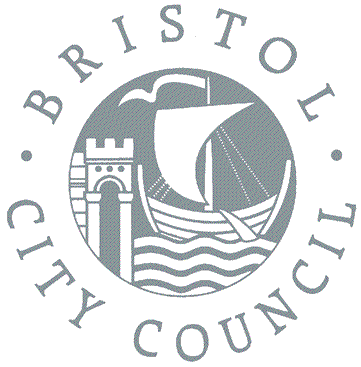Former Mine Engine House, Trevoole, Cornwall
Reg Jackson carried out the recording and watching brief at the mine engine house at Trevoole before its conversion to residential use.
Trevoole mine was in production in 1827, although it had probably been operating before that date. No mine buildings were shown on the 1840 tithe map, the area being described as ‘destroyed by mining waste’. The mine was working again between 1856 and 1861, and it has been suggested that an engine house was built at that time. Certainly a section through the mine dated 1859 refers to the ‘Engine Shaft’.
In the late 19th century a decision was made to attempt to re-open Trevoole mine, which was re-named as West Wheal Grenville. Capital for the re-opening seems to have been obtained on the assumption that the mine lay on the Great Flat Lode.
No engine house is shown on the First Edition Ordnance Survey plan, surveyed in 1877, the area around the present engine house being occupied by mine waste dumps. A mine plan of 1890 shows an engine house at the top of the Engine Shaft, so it can be assumed that the existing building was constructed between 1877 and 1890. This can be narrowed down further as histories of the mine suggest it was re-opened between 1886 and 1887, meaning that the engine house formed part of the £30,000 spent ‘almost entirely on surface erections’ between 1886 and 1890. The mine finally closed in 1892.
The watching brief on a service trench dug to the east of the engine house showed it was built on, or through, earlier mining waste.

The north-east elevation, looking north-west (2m scale)
Tags: cornwall, engine house, industrial, mine
- Categories
- Events
Excavations
Finds
Survey
BaRAS is registered as an organisation with the Chartered Institute for Archaeologists
All material © copyright BaRAS 2004 – 2016




